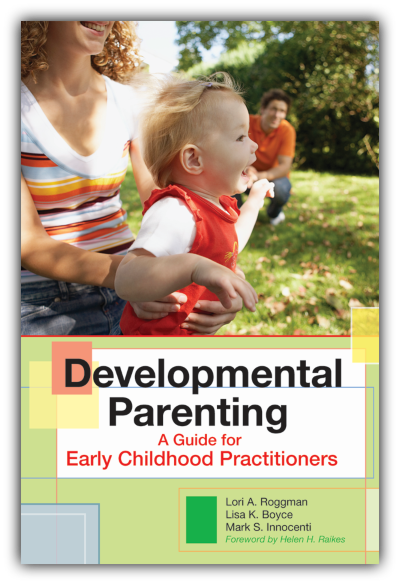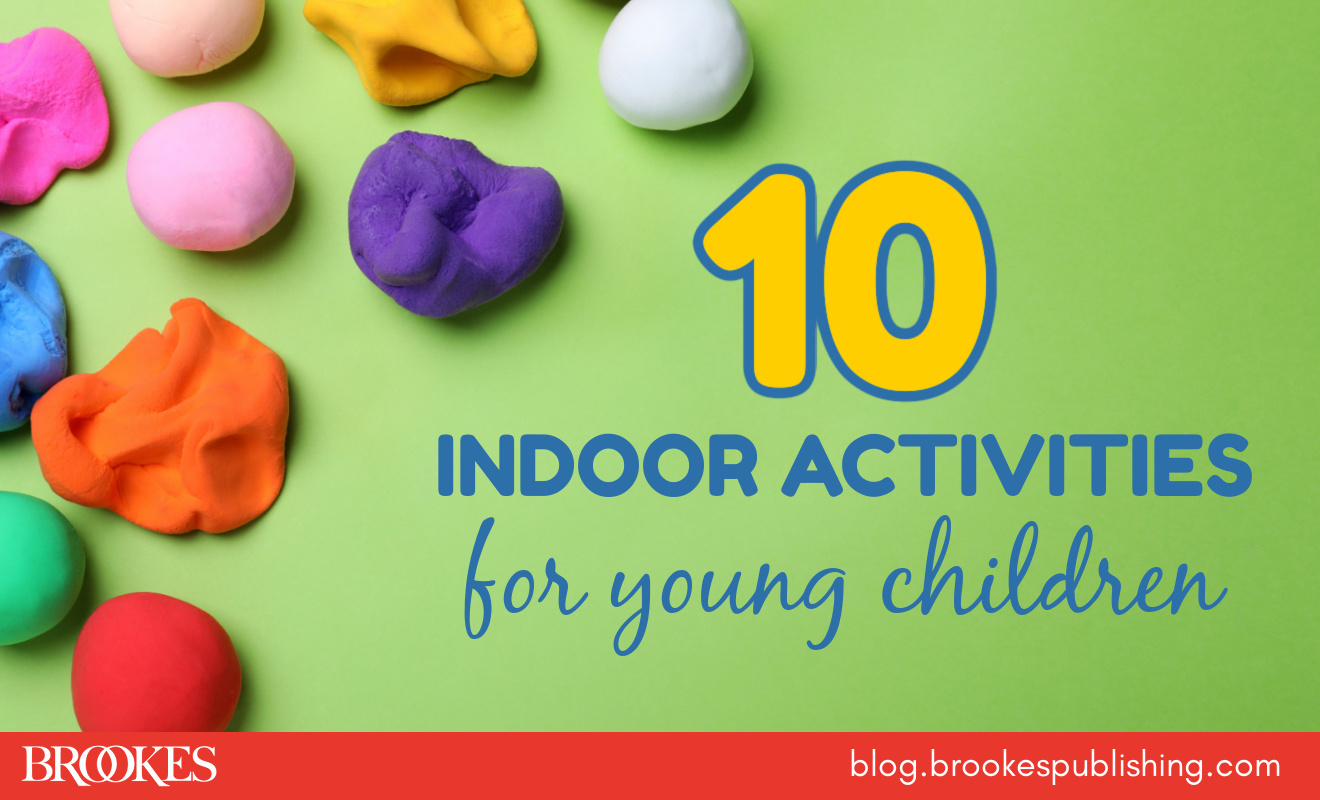9 Ways to Focus Families on Child Development During Home Visits
March 21, 2024
Families receiving home visits from early intervention professionals may be facing many challenges. But no matter what issues are demanding their attention, it’s essential for rich parent–child interactions to continue—and for parents to stay in touch with their child’s developmental needs.

In today’s post, adapted from Developmental Parenting by Lori A. Roggman, Lisa K. Boyce, and Mark S. Innocenti, discover 9 ways home visitors can keep families focused on parenting their young children, even during challenging times. Equally useful for mothers, fathers, siblings, and anyone else who plays with or helps care for the child in the home, these strategies can be used to encourage everyone in the family to keep providing opportunities for the child to explore, communicate, and learn.
1. Make clear statements about the role of family members and how vital they are to a child’s development.
Examples of what to say:
- “Parents are a child’s most important teachers.”
- “You are an important teacher because you are the one who will be in her life the longest.”
- “You’ll be able to help him learn and develop now and when he’s in school, too.”
2. Observe and comment on aspects of the child’s behavior or development.
Examples of what to say:
- “I notice he’s starting to put words together; he said, ‘Book mine.’”
- “She’s pretending her bucket is a chef’s hat.”
- “I see that your child is often asking you, ‘What’s that?’ She seems interested in learning lots of new words.”
3. Ask about what you don’t see during the visit.
Examples of what to say:
- “How does he do at bedtime? What’s it like when he’s getting ready to go to bed?”
- “What toys does she especially enjoy playing with?’
- “When does he most want to be held?”
- “What do you usually do when you want to entertain her or calm her down?”
4. Offer parents information about development in the context of their children’s behavior.
Examples of what to say:
- “Crying is his way of letting you know he wants something. It will get easier when he starts pointing and using words.”
- “See how she’s holding the marker? Kids usually do it like that before they can hold it like we do.”
- “You’re right; he’s saying more new words, which means he’ll put together two-word sentences soon!”
5. Offer child development materials for family members to read or use (when they are relevant or requested).
Examples of what to say:
- “Would you like a chart of language development?”
- “Our program has extra drawing paper. Let me know if you’d like some.”
- “We could check out a puzzle from our toy library if you’d like to try it with her.”
6. Shift focus by asking how the family’s current situation and needs are affecting the child.
Examples of what to say:
- “How is she affected by what has been happening with your family?”
- “Did you notice how he looked when you were talking about that? Do you think he might be worried, too?”
- “How has she been this week when these things have been going on? What do you think would help her feel more relaxed?”
7. For other family needs, ask about how they connect with resources for meeting those needs.
Examples of what to say:
- “What have you done when this happened before? Where did you get help?”
- “Is there someone you know who could help you figure it out?”
8. Provide information about community resources for help with meeting family needs.
Examples of what to say:
- “Here’s a list of places in town where you can go for that.”
- “Here’s a phone number for the food bank.”
9. Be clear about roles of different staff members regarding social services.
Example of what to say:
“Here’s the number to call our social services coordinator, who has a lot more information about this kind of thing.”
A home visit can be easily diverted from its developmental purpose by a parent’s needs or challenges. While it’s important to connect families with resources that can help, it’s just as important to keep the focus of developmental home visits on parent–child interactions. Use these 9 strategies during home visits to encourage family members to stay focused on parenting and child development. And for more guidance on encouraging warm, responsive, encouraging, and communicative parenting, see the book behind today’s blog post!




Write a Comment
Your email address will not be published. Required fields are marked *
Post a Comment